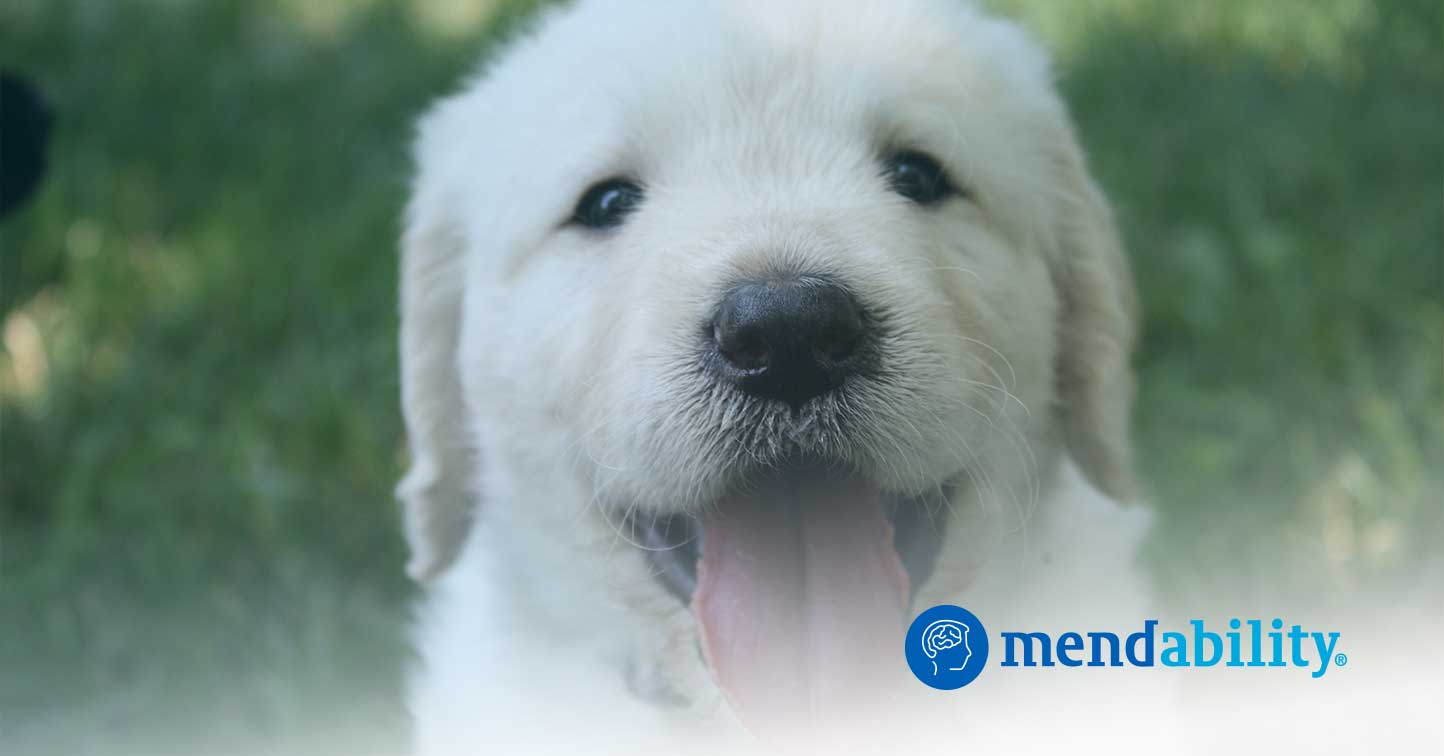Six homemade sensory toys and activities for your child with autism
With spring break just around the corner, now is the perfect time to plan sensory and brain-enhancing activities to do with your child. Below are
With spring break just around the corner, now is the perfect time to plan sensory and brain-enhancing activities to do with your child. Below are

[av_section min_height=” min_height_px=’500px’ padding=’default’ shadow=’no-shadow’ bottom_border=’no-border-styling’ scroll_down=” id=” color=’main_color’ custom_bg=” src=” attach=’scroll’ position=’top left’ repeat=’no-repeat’ video=” video_ratio=’16:9′ video_mobile_disabled=” overlay_enable=” overlay_opacity=’0.5′ overlay_color=” overlay_pattern=” overlay_custom_pattern=”] [av_textblock size=”

Like most of our exercises involving fine motor finger skills, this is actually a speech development exercise. Providing efficient and reliable connections for fine motor control is an essential step which we take by prompting organized migration from a very populated brain area to its less efficient neighbor.

In May 2013, Behavioral Neuroscience published the results of the first study evaluating the effectiveness of Environmental Enrichment as a therapy for Autism. The results are very promising.

One strategy has worked for us. This strategy addresses tactile processing in general and the information coming from the sole of the foot in particular.

Here is a useful report on the impact of Sensory Enrichment on children in daycares, conducted in France in the 1990’s and sponsored by Nestlé

Kawaii, the beneficial effects of cuteness
Article based on the findings of Hiroshi Nittono, Michiko Fukushima, Akihiro Yano, Hiroki Moriya.

Children on the autism spectrum usually have difficulties with the sense of touch, or tactile defensiveness. This may lead to rituals or aversions in clothing, food, flooring.
